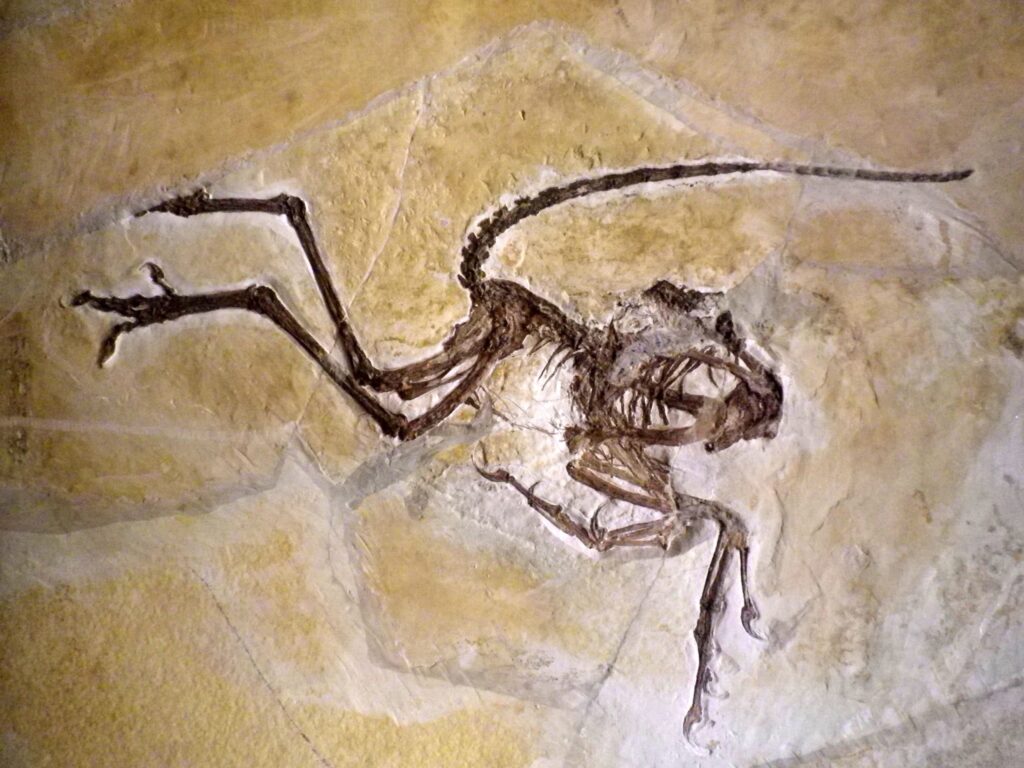In the thrilling world of Jurassic Park, few supporting characters are as memorable as Dr. Robert Burke, the paleontologist who meets an unfortunate end in “The Lost World: Jurassic Park.” Portrayed by Thomas F. Duffy, Burke represents more than just another victim of dinosaur mayhem—he embodies real scientific debates that were raging in paleontology during the 1990s. His character, widely understood to be a caricature of real-life paleontologist Robert Bakker, brings to the screen the passionate disagreements that shaped our understanding of dinosaurs. This article explores the authentic scientific controversies that inspired Burke’s character and examines how these debates continue to influence paleontology today.
The Bakker-Horner Rivalry That Shaped Burke

Robert Burke’s character was primarily inspired by the intellectual rivalry between two paleontological giants: Dr. Robert Bakker and Dr. Jack Horner. Throughout the 1980s and 1990s, these scientists frequently found themselves on opposite sides of major dinosaur debates. Bakker, with his distinctive beard and cowboy hat, advocated revolutionary views about dinosaur physiology and behavior, while Horner often took more conservative positions. Their professional disagreements became legendary within scientific circles, occasionally spilling into public view through their books, lectures, and media appearances. The filmmakers cleverly incorporated this real-life scientific rivalry by creating Burke as a thinly veiled version of Bakker, while simultaneously making paleontologist Alan Grant in the original film partially based on Horner, who served as a scientific consultant for the franchise.
Warm-Blooded vs. Cold-Blooded Dinosaurs
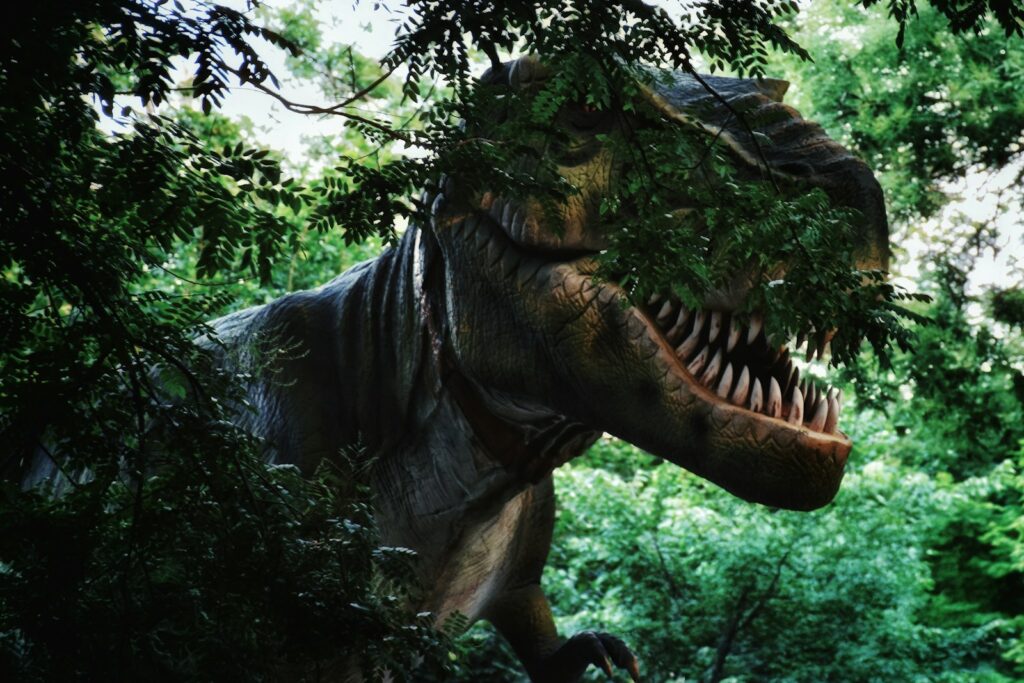
One of the most significant debates that influenced Burke’s character centered on dinosaur metabolism. Robert Bakker was among the earliest and most vocal proponents of the theory that dinosaurs were endothermic (warm-blooded), similar to modern birds and mammals, rather than ectothermic (cold-blooded) like reptiles. This revolutionary idea challenged decades of established paleontological thinking. Bakker pointed to evidence including the predator-prey ratios in fossil communities, bone histology showing rapid growth, and posture adaptations that suggested high activity levels. Jack Horner and other paleontologists initially expressed skepticism about full endothermy in all dinosaurs, suggesting more complex or intermediate metabolic systems. This fundamental disagreement about dinosaur physiology informed many of Burke’s passionate pronouncements in the film, reflecting how these debates were transforming dinosaur science in real time.
The Parenting Debate: Nurturing Dinosaurs
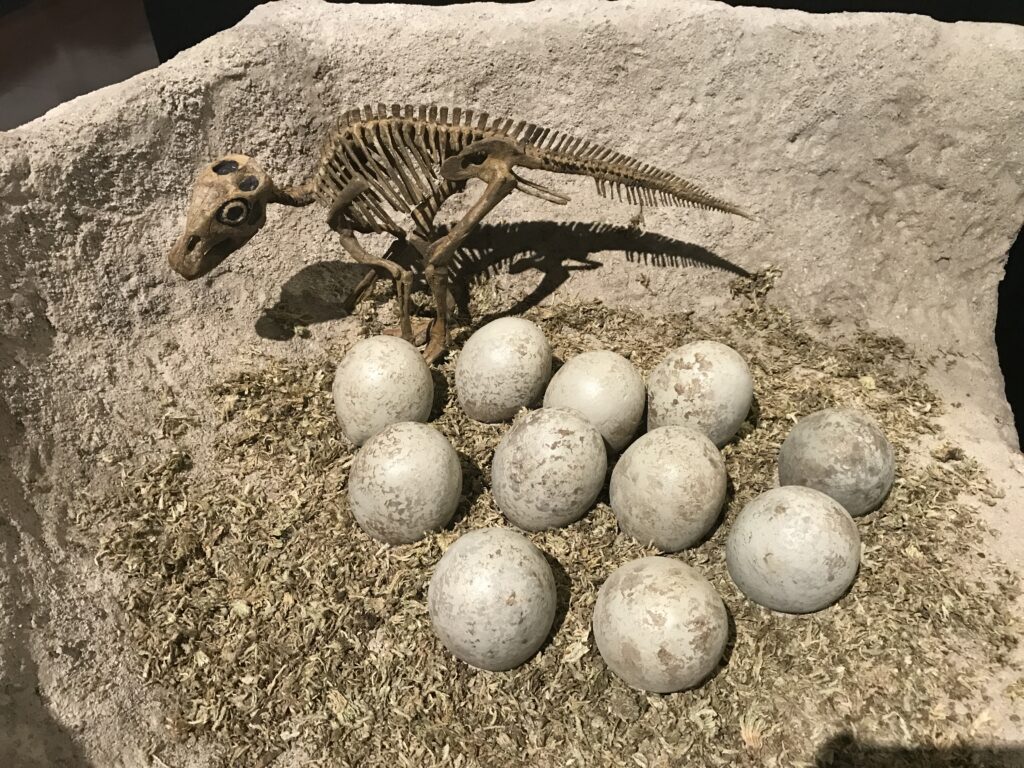
Another crucial scientific controversy that informed Burke’s character involved dinosaur parental care. Jack Horner’s discoveries of Maiasaura nesting grounds in Montana provided compelling evidence that some dinosaurs cared for their young in complex ways, challenging the prevailing view of dinosaurs as reptilian abandoners of eggs. Robert Bakker enthusiastically expanded on these ideas, suggesting extensive parental care across many dinosaur species. This debate about dinosaur behavior directly influenced scenes in both Jurassic Park films, particularly regarding velociraptors and their intelligence. Burke’s character makes several references to dinosaur behavior that reflect these ongoing scientific discussions about the social complexity of these ancient animals. The filmmakers used these authentic debates to add scientific credibility to their narrative while acknowledging the rapidly evolving understanding of dinosaur behavior.
Dinosaur Intelligence and Social Behavior
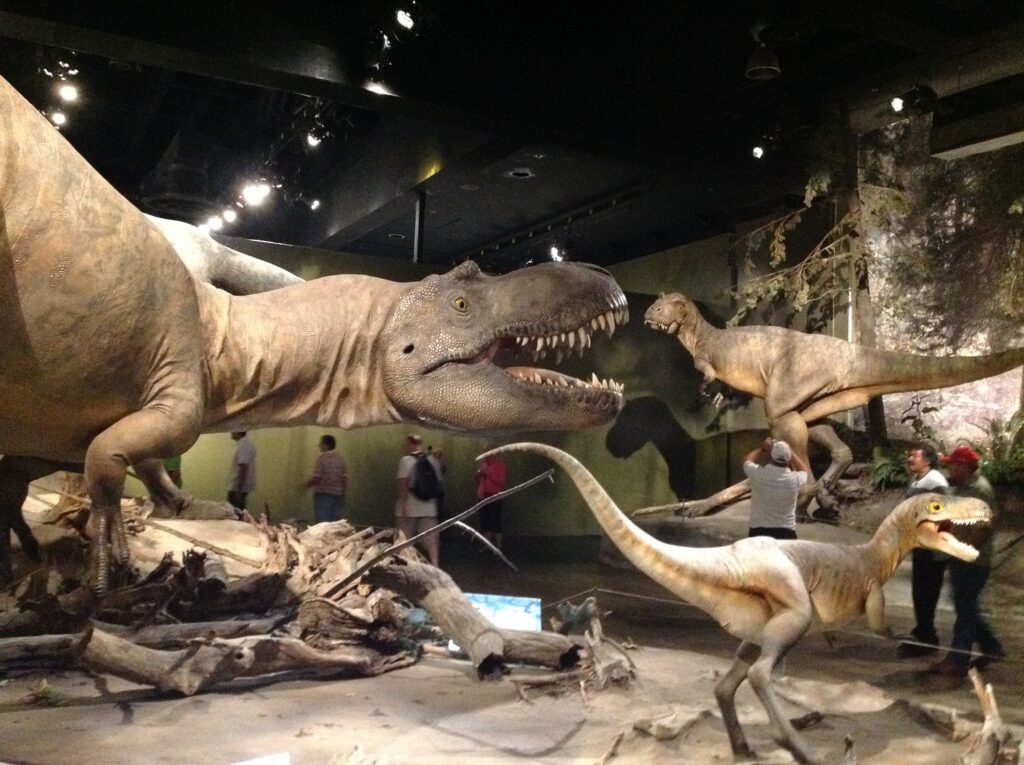
The question of dinosaur intelligence formed another contentious area of debate referenced through Burke’s character. Robert Bakker proposed that certain dinosaurs, particularly dromaeosaurs like Velociraptor, possessed remarkable intelligence and complex social behaviors. He suggested brain-to-body ratios and anatomical features that might indicate problem-solving abilities and pack hunting strategies. More conservative paleontologists cautioned against anthropomorphizing dinosaurs or overinterpreting the limited fossil evidence. This scientific disagreement is reflected in Burke’s confident pronouncements about dinosaur behavior in “The Lost World,” where he describes hunting patterns and territorial behaviors with authority. Ironically, his character’s misidentification of a dinosaur species (confusing Compsognathus with Procompsognathus) may have been the filmmakers’ subtle commentary on the sometimes overconfident assertions made during these heated paleontological debates.
The Dinosaur Renaissance Movement

Burke’s character represents the exciting period known as the Dinosaur Renaissance, which fundamentally transformed how we understand these ancient creatures. Beginning in the late 1960s and gaining momentum through the 1980s and 1990s, this scientific movement reimagined dinosaurs as active, dynamic animals rather than slow, dim-witted reptiles. Robert Bakker was a leading figure in this renaissance, along with John Ostrom, who discovered Deinonychus and recognized its similarities to birds. Their work challenged orthodoxy by presenting evidence that dinosaurs were fast-moving, potentially warm-blooded animals that might have been covered in feathers. Burke embodies this revolutionary spirit in the film—passionate about new interpretations of dinosaur biology and eager to overthrow established views. His character’s enthusiasm mirrors the excitement that swept through paleontology during this transformative period.
The Mass Extinction Controversy
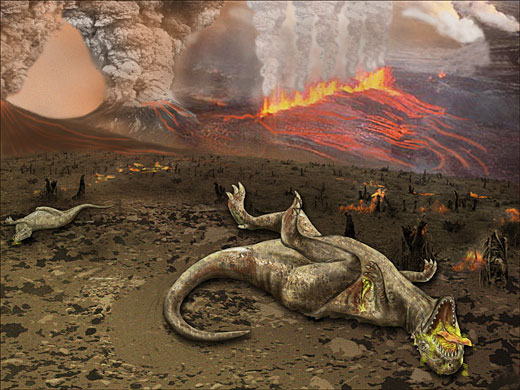
The debate over what caused the extinction of non-avian dinosaurs represents another scientific controversy reflected in Burke’s character. The asteroid impact theory, proposed by Luis and Walter Alvarez in 1980, suggested that a massive extraterrestrial object struck Earth 66 million years ago, triggering catastrophic climate change. While this theory gained widespread acceptance, scientists like Bakker proposed alternative or complementary explanations, including volcanic activity, climate change, or disease. These discussions about extinction mechanisms were still actively debated when “The Lost World” was filmed. Burke’s character makes reference to these theories, demonstrating how the film incorporated contemporary scientific disagreements. Interestingly, Burke’s own demise in the film—being swallowed by a Tyrannosaurus rex—became a cinematic inside joke, as Bakker had theorized that T. rex was primarily a scavenger rather than an active predator, a view contested by many other paleontologists.
Birds as Living Dinosaurs
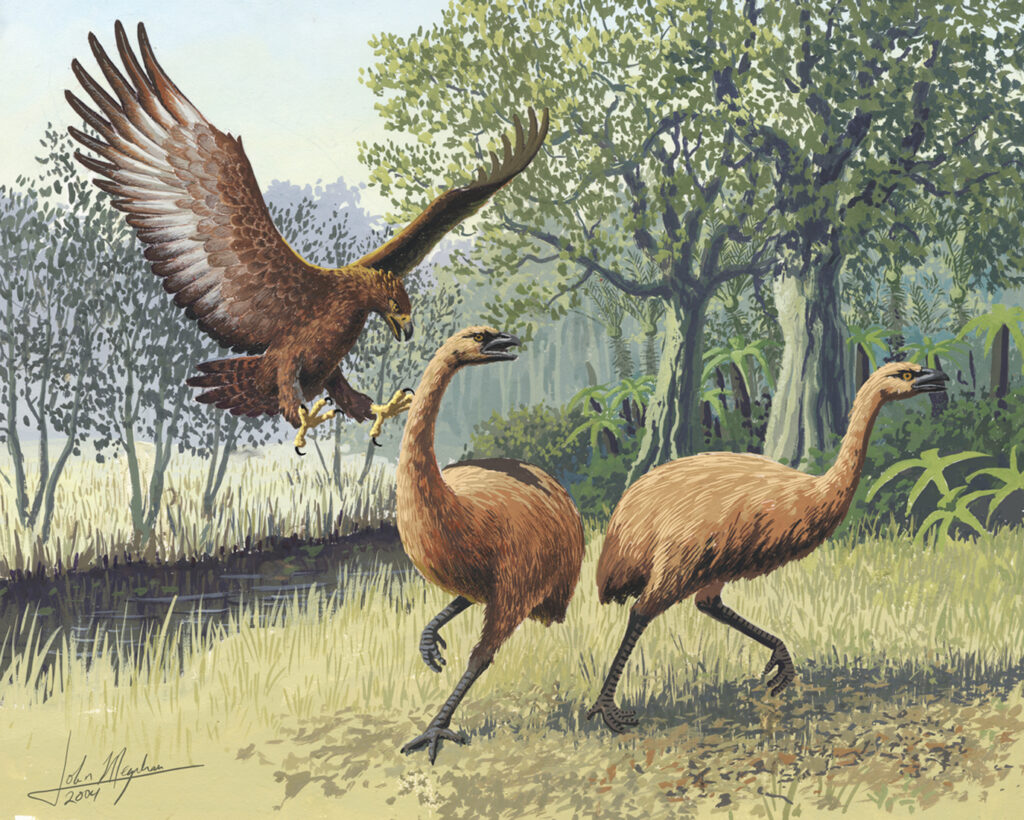
The evolutionary relationship between dinosaurs and birds represented another significant debate reflected in Burke’s character. John Ostrom and Robert Bakker were among the earliest modern proponents of the theory that birds evolved directly from theropod dinosaurs, effectively making them living dinosaurs. This view faced considerable skepticism from traditional paleontologists who saw the similarities as convergent evolution rather than direct ancestry. By the time “The Lost World” was filmed, evidence supporting the dinosaur-bird connection had grown substantially, though the debate continued in scientific circles. Burke’s character makes several references to this evolutionary relationship, particularly when discussing the behavior of smaller theropods. The filmmakers incorporated this authentic scientific controversy while simultaneously using it to foreshadow plot developments about dinosaur behavior that would prove crucial to the story’s resolution.
Media Portrayal of Paleontologists
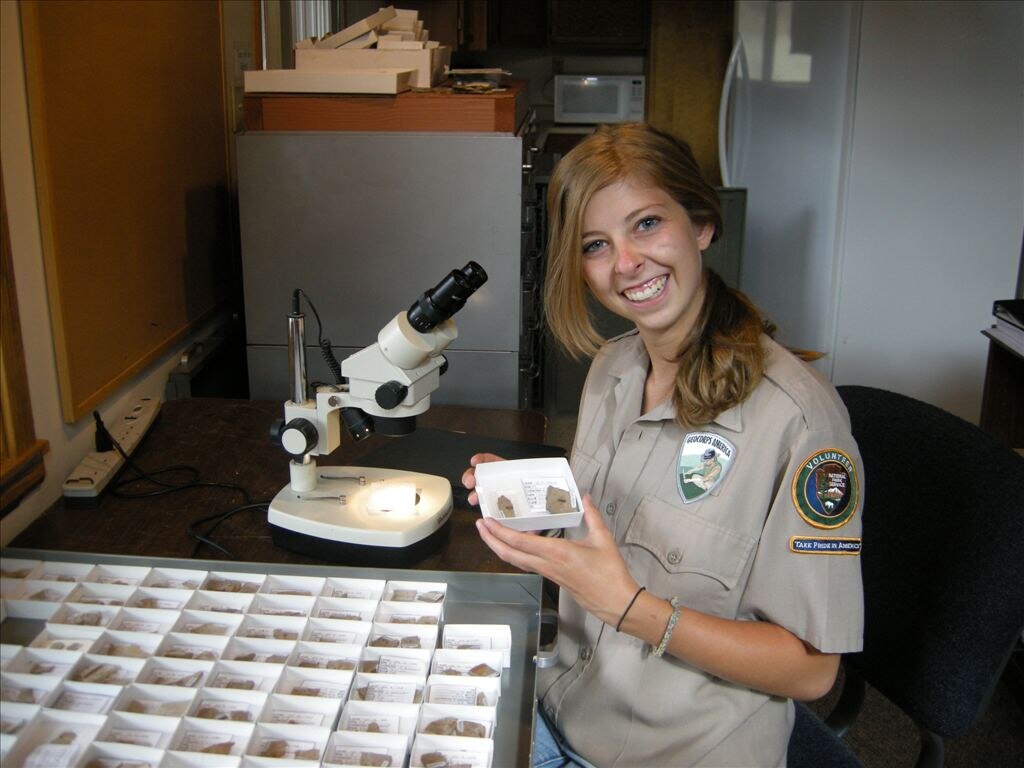
Burke’s characterization also reflects the changing public image of paleontologists during the 1990s. Traditional depictions of fossil hunters as dusty academics were giving way to more dynamic portrayals, largely due to the media presence of figures like Bakker and Horner. These scientists appeared regularly on television documentaries, wrote popular books, and consulted on films, bringing paleontology into mainstream consciousness. Burke’s flamboyant personality and distinctive appearance in “The Lost World” drew directly from this new archetype of the celebrity paleontologist. His character’s dramatic pronouncements and confident assertions mirror the way paleontological debates were increasingly playing out in public forums rather than just academic journals. The filmmakers recognized that these scientific personalities had become characters in their own right in the public imagination.
The Science Consultant Controversy
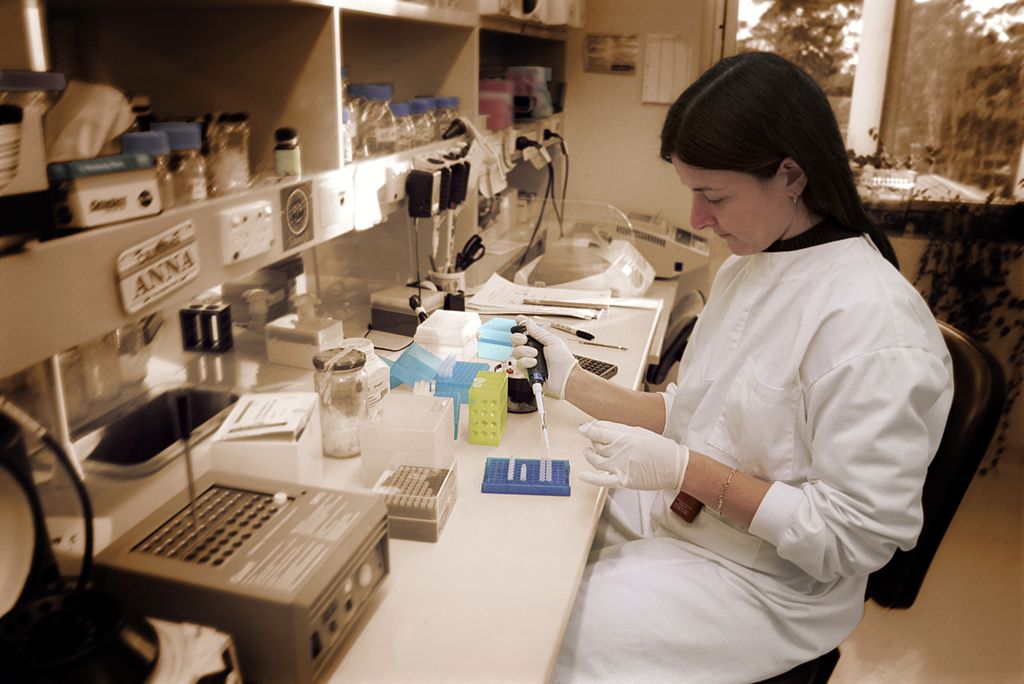
A particularly meta aspect of Burke’s character involves the behind-the-scenes dynamics of scientific consultation in the Jurassic Park franchise. Jack Horner served as the primary scientific consultant for the films, providing expertise on dinosaur appearance and behavior. The decision to create a character seemingly based on his intellectual rival Robert Bakker—and then have that character meet a gruesome end—added an extra layer of scientific politics to the production. Some paleontologists have suggested this character choice reflected the sometimes contentious relationship between different schools of thought in paleontology. Horner himself reportedly joked about enjoying seeing the Bakker-inspired character being eaten. This backstage controversy demonstrates how the real-world scientific debates literally shaped characters within the fictional universe of Jurassic Park.
Dinosaur Appearance and Coloration
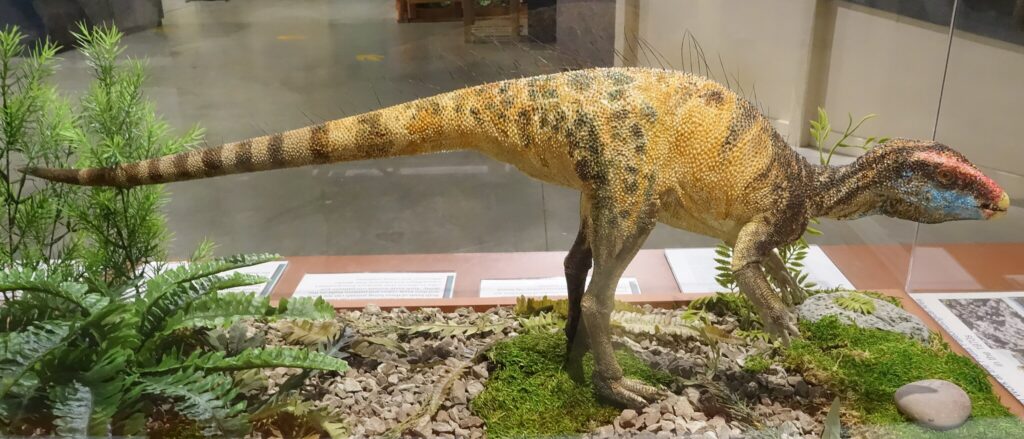
The debate over dinosaur appearance formed another scientific controversy reflected in Burke’s character. Traditional paleontological illustrations depicted dinosaurs with reptilian, scaly skin in muted earth tones. Bakker and others began suggesting more vibrant possibilities, including feathers, display structures, and bright coloration used for species recognition or mating displays. Burke’s descriptions of dinosaur appearance in “The Lost World” incorporate these emerging theories about dinosaur integument and coloration. When the film was made, definitive evidence of feathered dinosaurs was still limited, though growing rapidly. Today, we know many theropod dinosaurs were indeed feathered, vindicating some of the more radical views referenced by Burke’s character. His confident assertions about dinosaur appearance, while sometimes exaggerated for dramatic effect, reflected genuine scientific discussions occurring in paleontology during the 1990s.
The “Consultant vs. Survivor” Dichotomy

Burke’s fate in “The Lost World” highlights an interesting contrast between theoretical knowledge and practical survival skills. Despite his extensive academic knowledge of dinosaurs, Burke meets his end because he misapplies this knowledge in a life-or-death situation. This narrative choice reflects a real tension in paleontology between theoretical understanding based on fossils and the practical realities of animal behavior. Robert Bakker often emphasized the importance of studying living animals to understand extinct ones—a methodology called extant phylogenetic bracketing. Burke’s character ironically fails to apply this very principle when he backs into danger while fleeing from a harmless snake. This dramatic irony underscores a genuine debate within paleontology about how theoretical knowledge should inform practical understanding of prehistoric creatures.
Legacy of the Burke Character in Paleontology
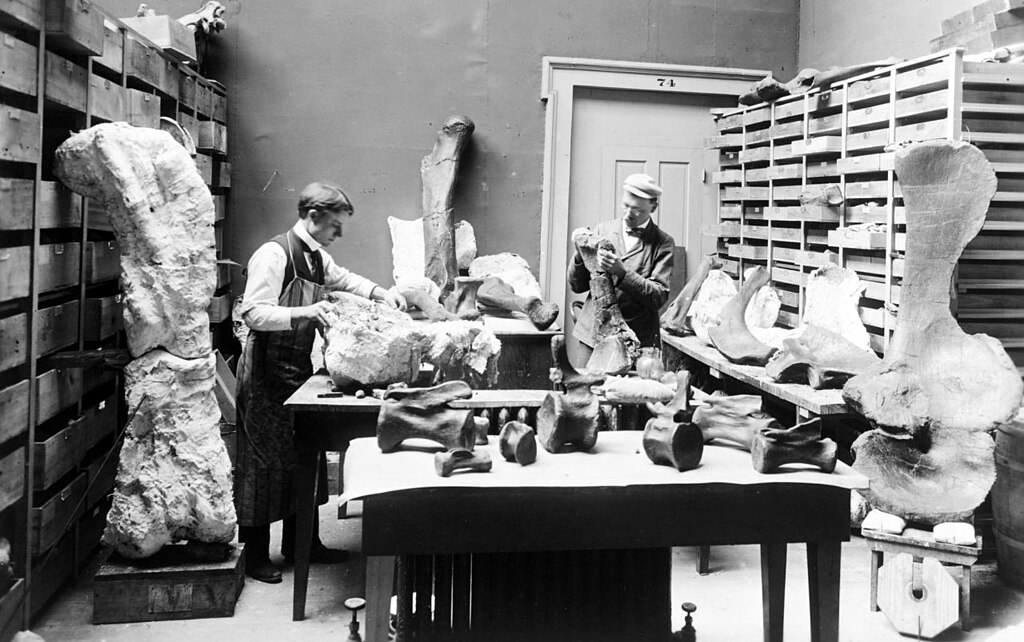
The character of Robert Burke has had a surprising impact on both popular perceptions of paleontology and the field itself. By incorporating real scientific debates into a blockbuster film, “The Lost World: Jurassic Park” brought complex paleontological discussions to mainstream audiences. Many paleontologists today cite the Jurassic Park franchise, including Burke’s character, as influencing their decision to enter the field. The character also served as a cautionary tale about the dangers of intellectual overconfidence, reminding scientists that theories must remain flexible in the face of new evidence. Bakker himself reportedly took the caricature in good humor, recognizing that such mainstream representations, even when exaggerated, ultimately benefited paleontology by increasing public interest and support. The scientific controversies that inspired Burke continue to evolve, with many of Bakker’s once-radical ideas now forming the foundation of modern dinosaur science.
Conclusion
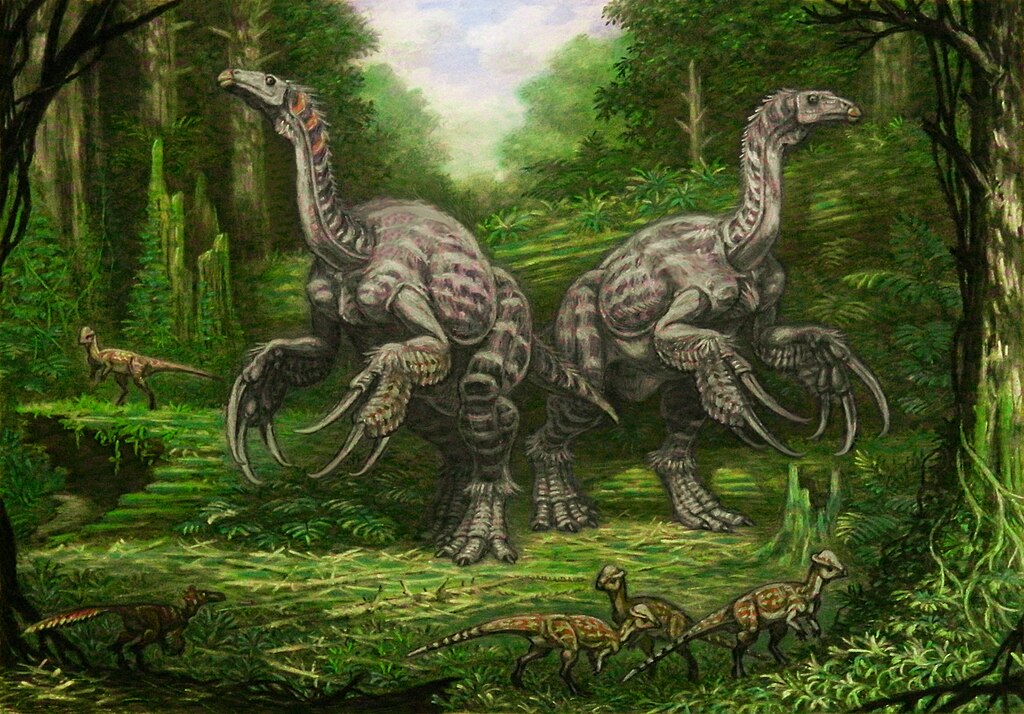
The character of Robert Burke in “The Lost World: Jurassic Park” represents far more than a simple fictional creation. He embodies the vibrant, sometimes contentious debates that transformed our understanding of dinosaurs during the late 20th century. From questions about warm-bloodedness and parental care to dinosaur-bird evolution and extinction theories, Burke’s character brought real paleontological controversies to mainstream audiences. While presented through Hollywood’s dramatic lens, these scientific disagreements genuinely shaped our modern understanding of prehistoric life. The legacy of these debates continues in contemporary paleontology, where many of the revolutionary ideas championed by figures like Robert Bakker have become scientific consensus. Burke’s character, despite his fictional fate, stands as a testament to how scientific progress often emerges from passionate disagreement and the willingness to challenge established views.


